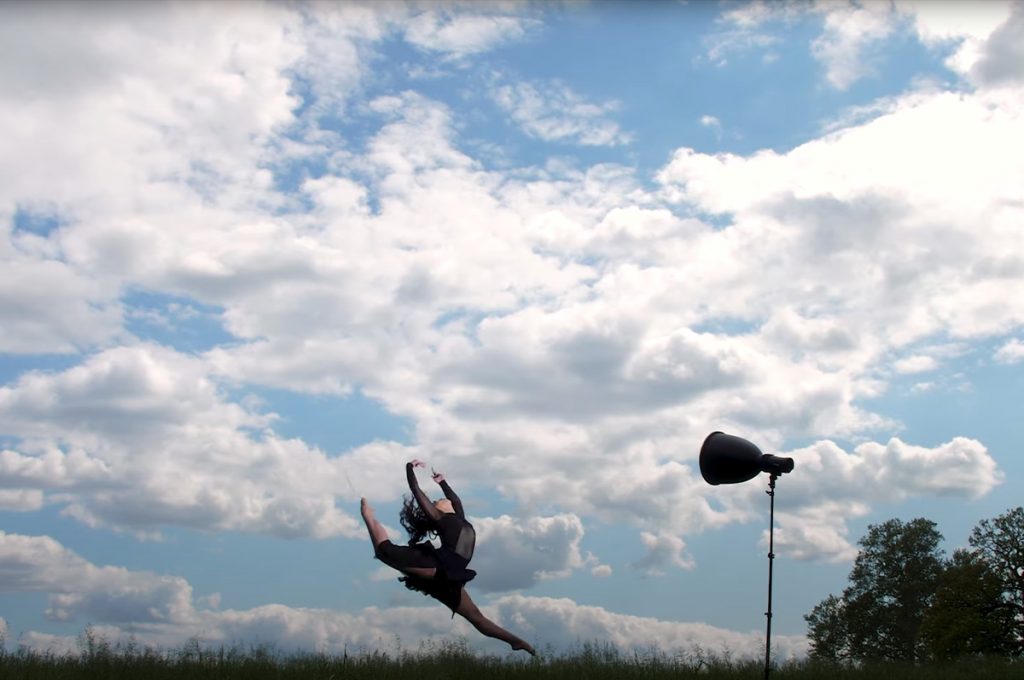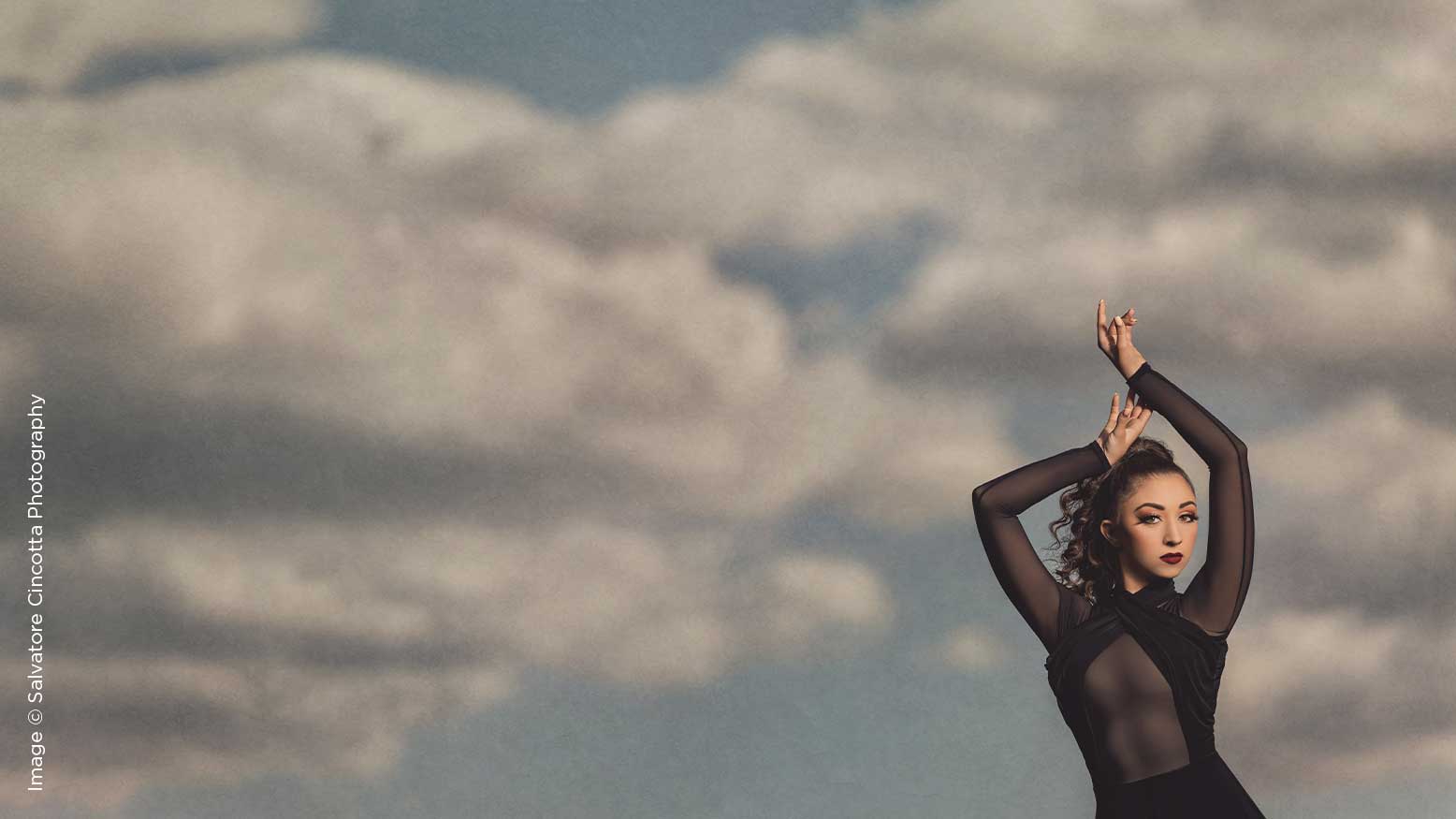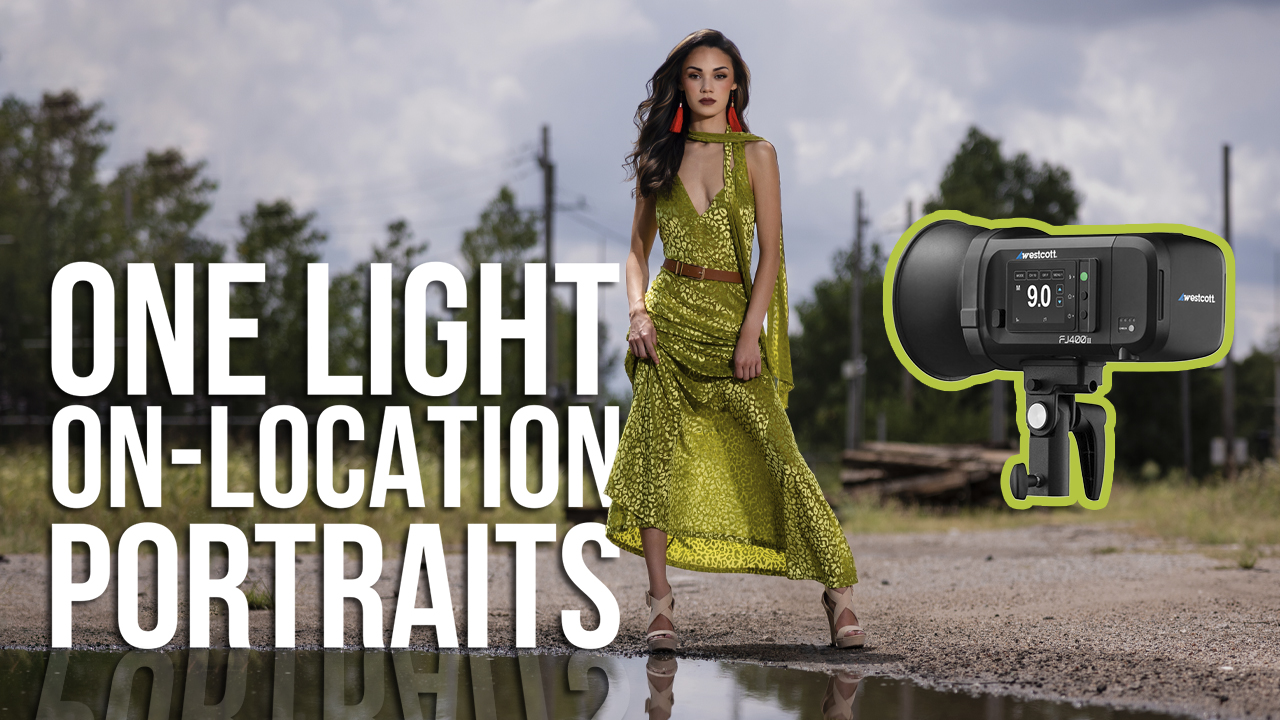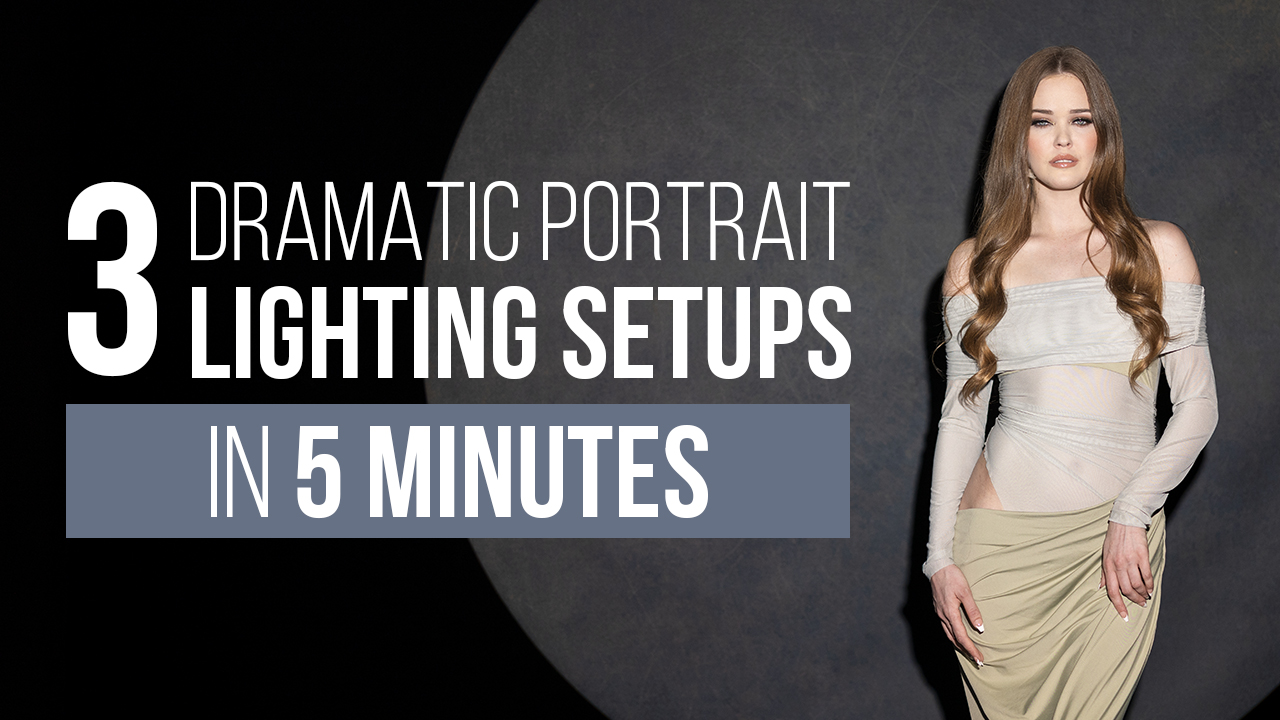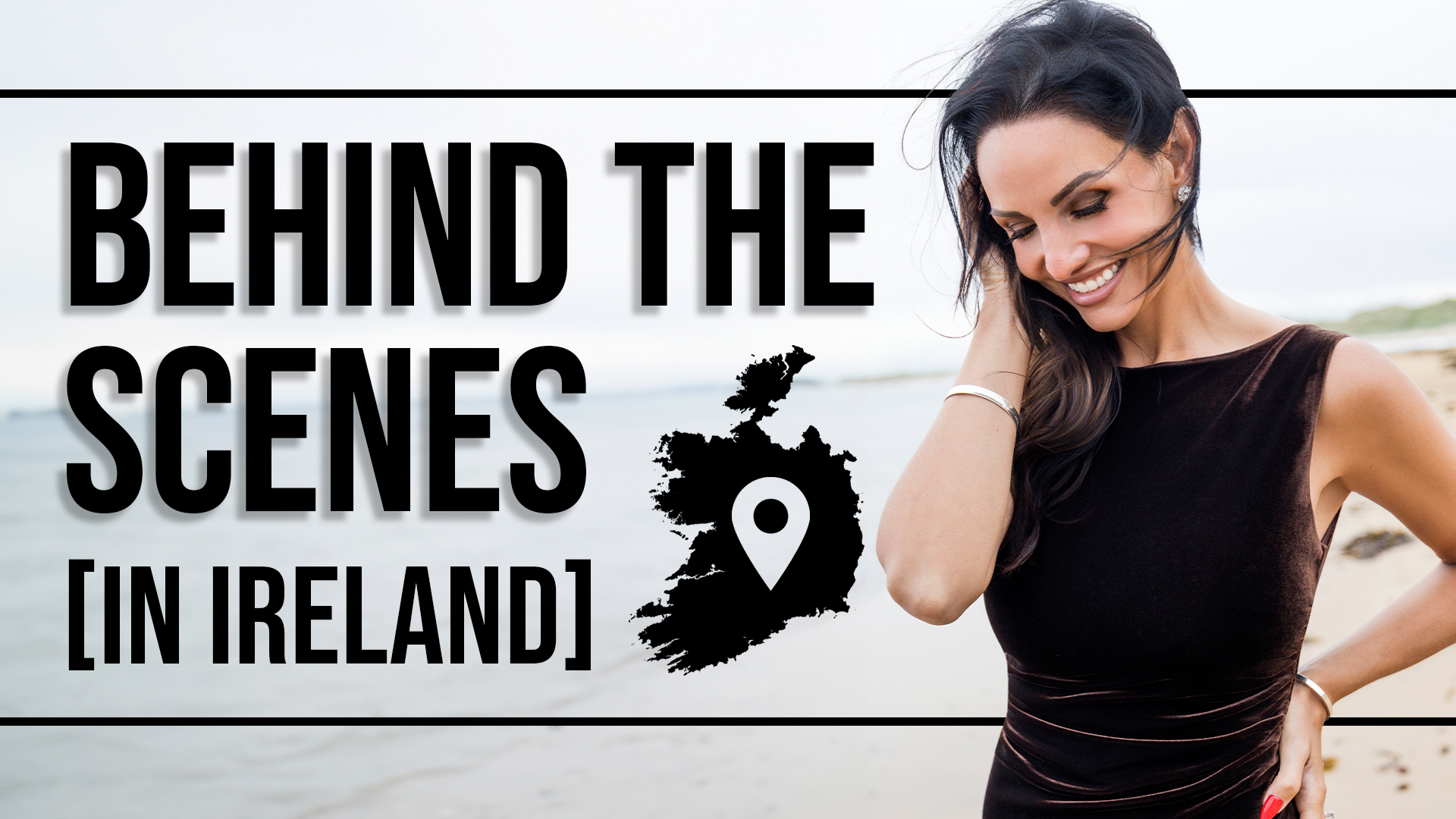How to Shoot in High-Speed Sync with Your Flash with Sal Cincotta
Want to be a better photographer? There is truly only one way. Practice. We all learn in different ways, but no matter how you learn, you need to put it into practice. So, let’s get into this.
Why?
Let’s start with the why. Why would you ever want to shoot in high-speed sync? Well, for starters, we have to understand a little about our cameras and how they work. In order for flash and cameras to work together, they have to be working at the same speed. Think about the light coming from your flash like a car speeding down the highway. Flash is basically traveling at 1/200th of a second. And your shutter, let’s think of it like a toll booth with an automated toll barrier that is opening and closing at 1/200th of a second.
So, everything works perfectly as long as your flash and shutter speed are… wait for it… in sync. Hence your sync speed. However, all sorts of chaos happens when your toll barrier is going up and down too quickly. For example, if your toll barrier were to open and close too fast, let’s say 1/4000th of a second, your barrier would hit the car before the car could make it through the toll booth. Your flash and light work the same way. This is why your flash doesn’t seem to work when shooting outside and your shutter speed is in the 1/8000th second, even when you go to your lowest ISO setting. Your only other option is to adjust your aperture, but we all know, no one really wants to shoot portraits at f11 or f16. So, what’s a photographer to do?
This is why high-speed sync (or HSS) exists. It allows your flash and camera to understand one another and understand the new speed limit, so to speak. One problem is not every flash supports this, so make sure your flash supports HSS.
Now, in all fairness, we took a little bit of a detour here as I explained this. The real reason why you need HSS beyond the technical piece is the creative part of this. Typically, when shooting outside during daylight hours, if you want to use flash and shoot at a shallow depth of field, there is no scenario—not even at ISO 50—that you will get your shutter speed below 200th of a second. Instead, you are more likely going to be in the 1/4000th or 1/8000th of a second range. So, let’s say you want to shoot at f1.8 or f2 to create some really cool depth of field—this is where you need HSS to shine.
